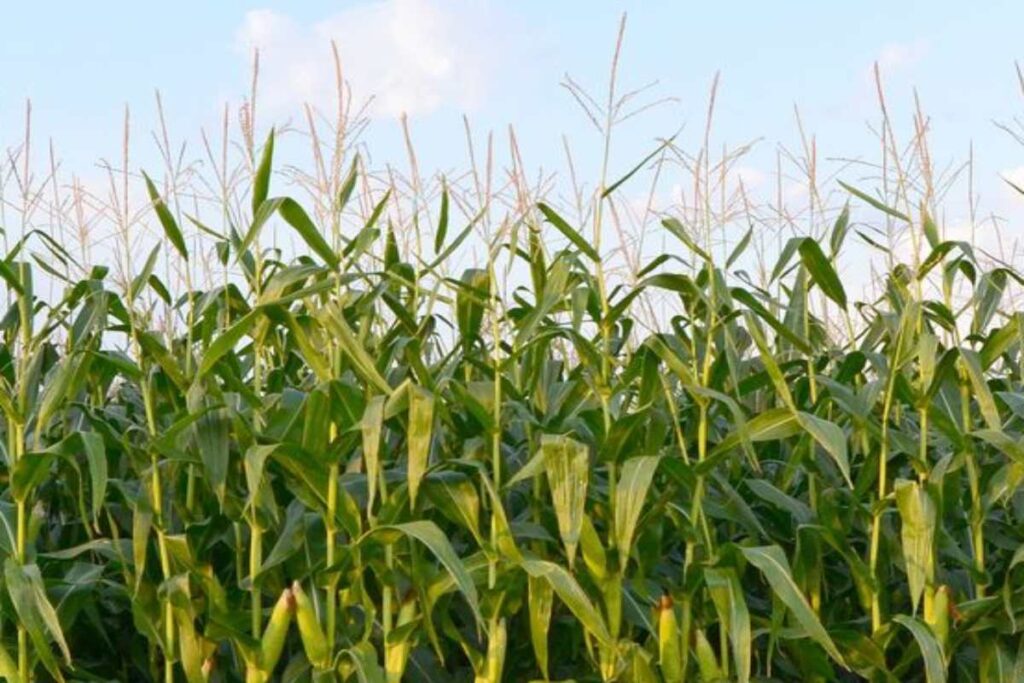
When it comes to selecting the best corn in terms of flavor, homegrown corn is always the appropriate choice. However, the struggle with homegrown ones centers most around the question of knowing when and how to harvest a cob for maximum benefit.
There are various types of corn, but sweet corn stands as one of the most common vegetables planted in backyard gardens. In America today, a summertime favorite is to pair it on the cob with a burger and a slice of watermelon.
Here’s all you need to know about selecting corn ears at their peak sweetness.
How To Harvest Homegrown Corn
The maturity date is often determined by the type of corn, as yield or maturity date can vary. Some corn varieties become ripe for harvest 72 days after planting, while some take 110 days.
This is usually indicated in the corn seed packet, which highlights the seed variety and the number of days from planting to harvesting. In addition to the days to maturity, keep an eye on the silks (the fine, threadlike strands on the ear of corn).
It takes about 20 days after the silks first appear on the ear before the corn has developed enough. To determine when it is ripe for harvest, pierce a kernel with your fingernail and check if the liquid is milky. If the kernels are at the “milk stage,” that shows the corn is ready for harvesting.
ALSO READ: Archaeologists Uncover Long-Lost Civilization in South America
However, if, upon checking, the kernel’s liquid still appears transparent, it is not yet mature. This “milk stage” lasts approximately 18 to 20 days once the silks have gone brown. However, in the rare instance of puncturing a kernel and seeing no liquid, it means you have harvested too late.
After ascertaining that the cob is ripe, your harvest should be carried out early in the morning before the sun heats the ears. When the sun hits the kernels, their natural sugars start to turn into starch, reducing the corn’s sweetness.
To harvest your corn, you start by holding the ear firmly, pulling it down, and twisting it off the stem. Freshly picked corn, like all veggies from the farm, has its greatest flavor. However, it is important to know that your harvest should be consumed the week it is harvested, as it is at its sweetest.
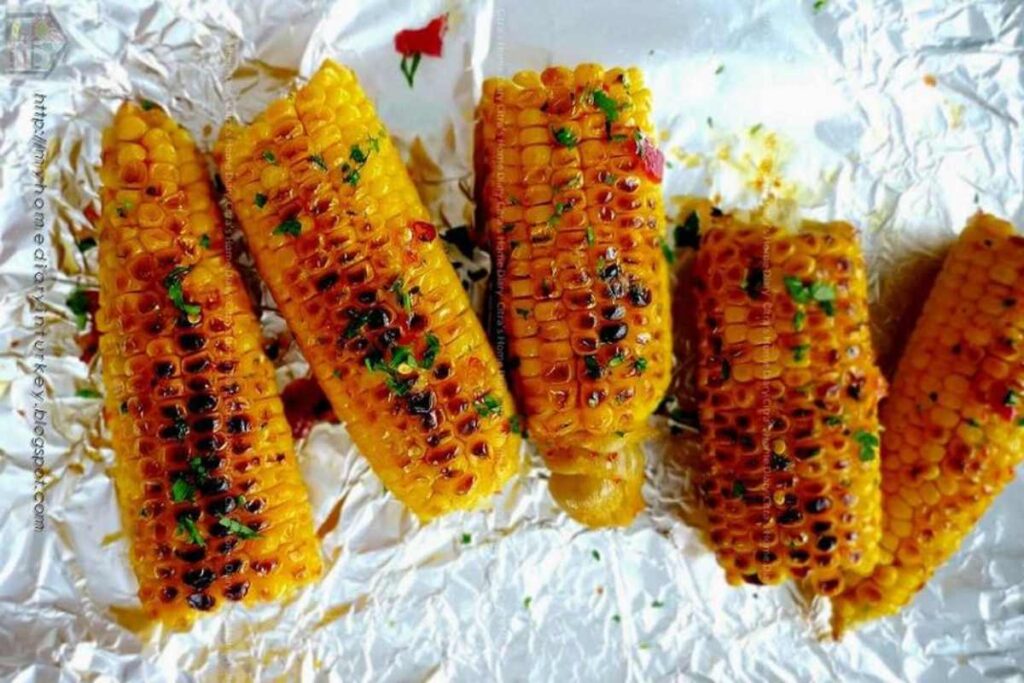
How Many Calories Are in Corn for Weight Loss?
Most individuals believe they must completely avoid starchy meals to lose weight. On the other hand, corn can be helpful in a well-rounded weight-loss strategy. It is tasty, adaptable, and high in fiber, keeping you full with fewer calories.
Cooked corn has just 100 calories per cup, making it a great low-calorie choice for anyone trying to lose weight. As a result of its high fiber content and low calorie count, maize can be a great diet for weight loss. Corn’s fiber helps you feel fuller for longer, which can help curb cravings and stop overindulging.
Additionally, studies indicate that replacing regular carbs with resistant starch reduces fat storage, supporting the role of corn-based resistant starch in fat metabolism. Roasted and boiled maize are excellent choices if you are trying to lose weight.
It has a high vitamin and fiber content, which helps you feel fuller and consume fewer calories. Additionally, avoid adding excessive amounts of butter or oil when roasting the corn. However, cornflakes do not support weight loss due to their low fiber and high sugar levels.
POLL—Should the Government Increase Taxes on the Wealthy To Reduce Economic Inequality?
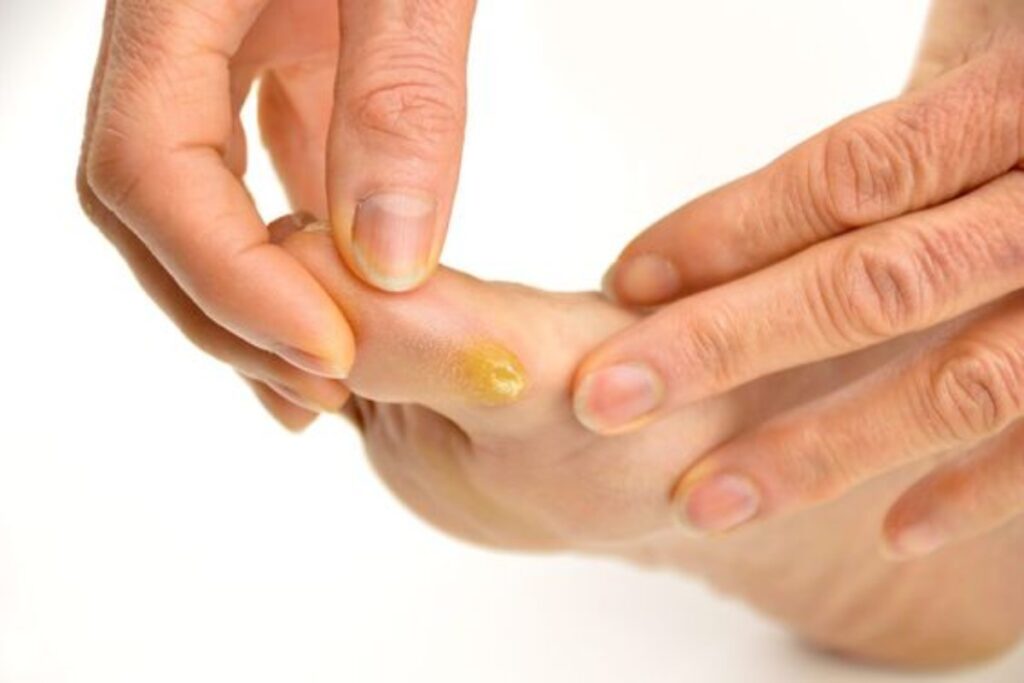
How Do You Get Rid of Corn on Your Skin?
Calluses and corns require the same care. It entails refraining from the recurrent behaviors that gave rise to them. Medical treatments can offer relief if it does not go away or gets uncomfortable despite your best attempts at self-care.
Before self-treating a corn or callus, see your doctor if you have diabetes or any other illness that impairs blood flow. If you do not have any underlying medical issues, try soaking your hands or feet in warm, soapy water.
This will help soften calluses and corns on your skin, making it simpler to peel off the thickened layer. Once you have softened the afflicted area, use a pumice stone, nail file, emery board, or washcloth to massage the corn or callus.
Do not trim the skin using a sharp object. Use a foam pad shaped like a donut to cushion the area where corn or callus developed. Before using a medicated pad, preserve the good skin by putting petroleum jelly on the region surrounding the callus or corn.
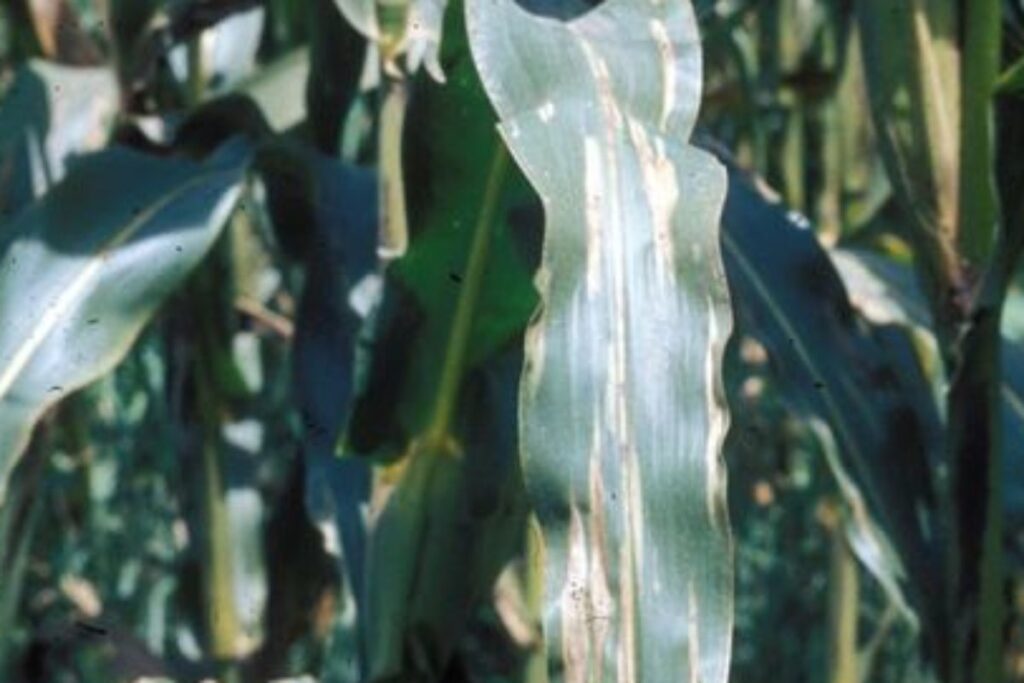
What Is the Most Common Disease in Corn?
The most common disease affecting maize productivity is gray leaf spot. When growers plant continuous corn or adopt a no-till soybean/corn rotation, the fungus thrives over the winter on residue from the previous corn crop, serving as a major source of the inoculum.
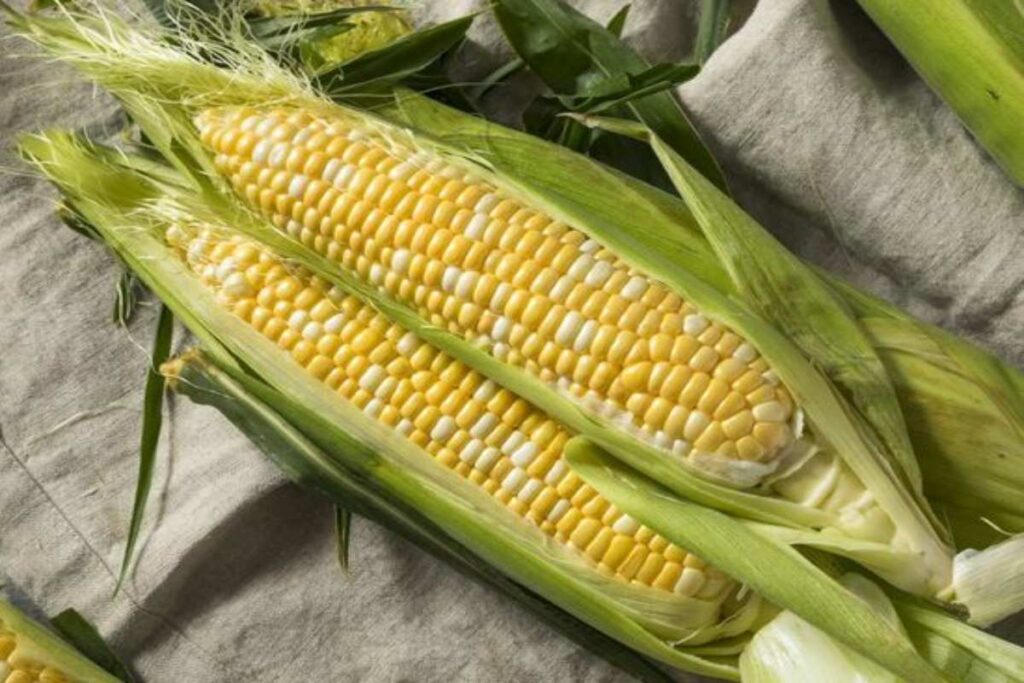
What Are the Nutritional Benefits of Corn?
In addition to being tasty and adaptable, maize is also a great way to provide the body with important nutrition. Addressing the nutritional advantages of maize, we highlight how it is loaded with essential vitamins and minerals, including vitamin C, vitamin B6, folate, magnesium, and potassium.
WATCH: Little But Exceptionally Important Life Hacks That Seem to Work for People
Eating corn, especially if it is prepared healthily, has several health advantages. Corn’s potassium concentration helps control blood pressure, while its fiber content can help decrease cholesterol.
Furthermore, while inflammation is a risk factor for heart disease, the antioxidants in maize may help lower inflammation. Corn does not quickly raise blood sugar levels despite its sweet flavor since it has a low glycemic index.
Because of this, it is a good option for people who have diabetes or want to keep their blood sugar levels steady. Yellow maize contains antioxidants called lutein and zeaxanthin, which are also good for eye health.
You Might Also Like:
Miley Cyrus Faces Copyright Lawsuit Over Hit Song “Flowers”
Caught in a Rip Current? Here’s How to Break Free and Stay Alive
High Fiber Foods: Your Guide to a Balanced Diet and Optimal Wellness
Overdue Book Returned to Virginia Library After 50 Years
Rare Orange Lobster Returns to Its Habitat After Rescue From a Long Island Stop & Shop
